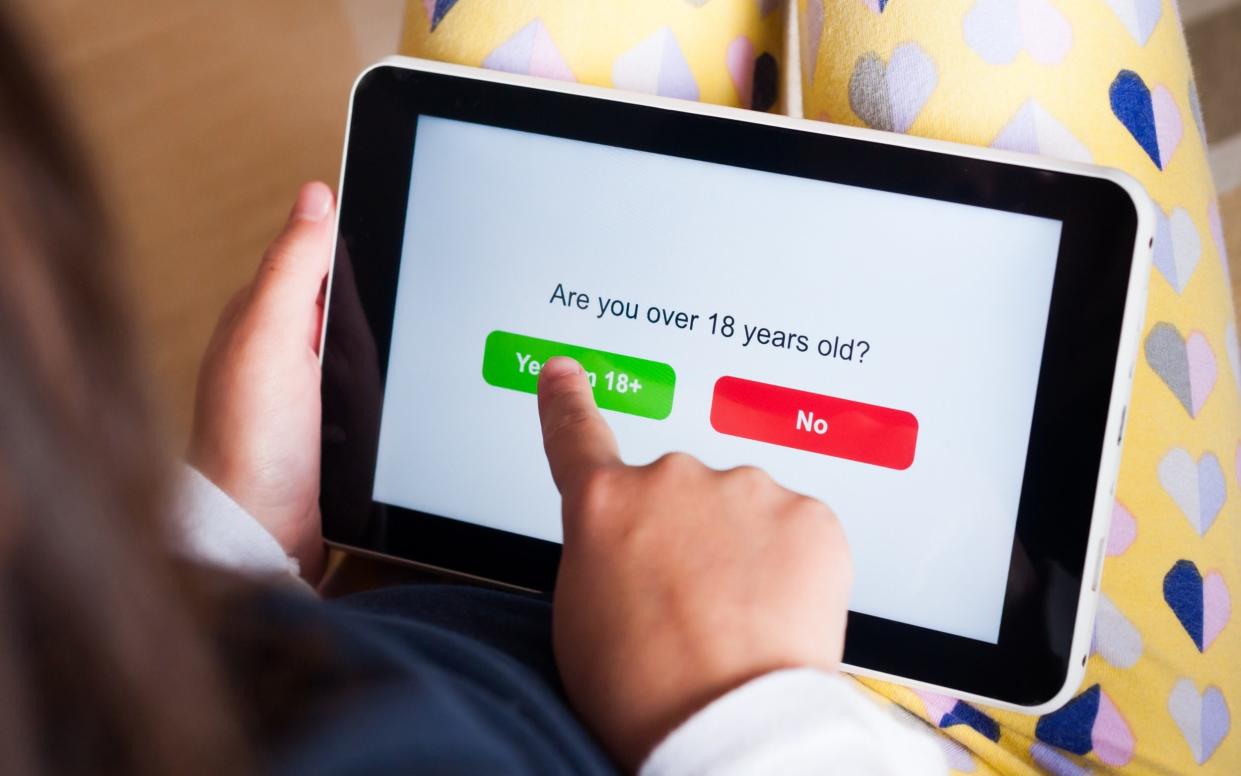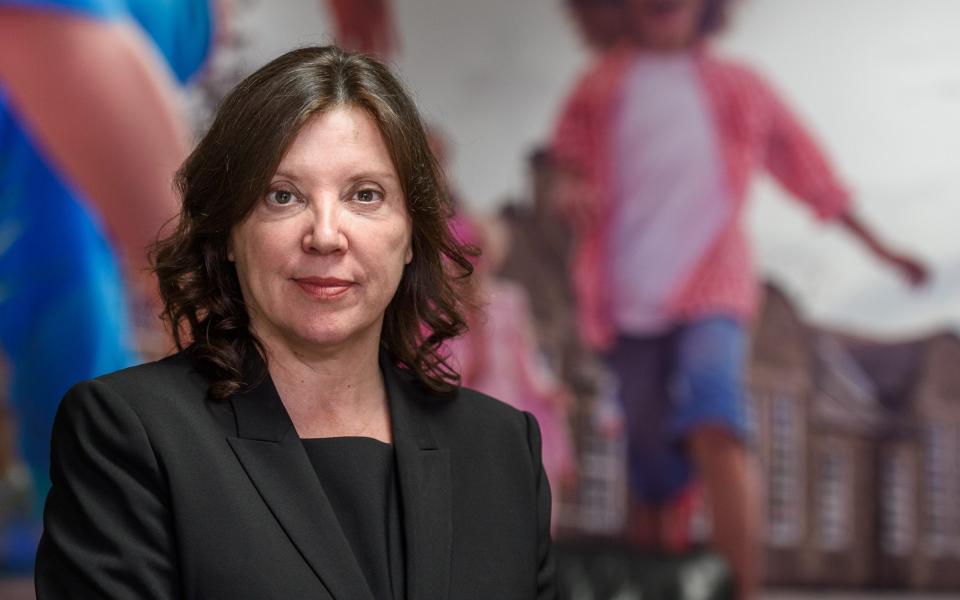‘Concerning’ number of 13-year-olds have seen online pornography

Half of 13-year-olds have seen pornography online, research by the Children’s Commissioner has found, as she demanded tough new age checks on social media and adult sites.
Dame Rachel de Souza said she was “deeply concerned” by the findings which showed that one in 10 had seen explicit adult content by the age of nine and more than a quarter, 27 per cent, had viewed it by the age of 11.
She warned that exposing children to such material was in danger of normalising sexual violence among a generation of young people.
Nearly half, 47 per cent, of young people aged between 16 and 21 said that girls “expected” physical aggression, according to the survey of 1,000 young people supplemented by in-depth focus groups.
Dame Rachel said that the Government needed to prioritise porn as a harm in the Online Safety Bill, which had its second reading in the Lords on Monday.
This would mean that both social media companies and adult sites would have to introduce robust age verification schemes to prevent underage children from viewing porn within months of the Bill gaining Royal Assent.

They would face fines of up to 10 per cent of their global turnover if they failed to do so, and bosses could also be imprisoned for repeat breaches of their duty of care to protect children from such online harms.
Dame Rachel said: “I am deeply concerned by these findings, particularly the normalisation of sexual violence in online pornography and the role that this plays in shaping children’s understanding of sex and relationships.”
She added: “We urgently need to do more to protect children from the harms of online pornography. It should not be the case that young children are stumbling across violent and misogynistic pornography on social media sites. I truly believe we will look back in 20 years and be horrified by the content to which children were being exposed.
“It is crucial that we do not miss the opportunity the Online Safety Bill presents us with to make the internet safe for all children, today and in the future.”
Young people reported being frequently exposed to violent porn online, with 79 per cent of those aged 18 to 21 saying they had seen pornography involving sexual violence before turning 18.
More than a third, 36 per cent, of young adults had sought out pornography involving at least one act of sexual violence.
Girls were disproportionately the target of “self-generated” porn. Half, 51 per cent, of girls aged 16 to 21 had been sent or shown explicit content involving someone they knew, compared to 33 per cent of boys.
More children see porn on Twitter than even dedicated adult sites. More than four in 10, 41 per cent, said they had seen porn on the site, compared with 37 per cent for adult sites, 33 per cent for Instagram, 32 per cent for Snapchat and 30 per cent on search engines.
Dame Rachel urged ministers not to delay mandating age verification on porn sites until the end of 2023. Instead, she said they should include porn on the face of the Bill now as “primary priority” content for children, which would mean immediate enforcement by Ofcom, the communications watchdog.
She also called for the Online Safety Bill to be strengthened so that social media and porn sites were required to apply the same tough age verification checks to bar under-18s from viewing explicit content.
Dame Rachel, who has a statutory role in advising ministers on the law, said: “Let me be absolutely clear: online pornography is not equivalent to a ‘top-shelf’ magazine.
“The adult content which parents may have accessed in their youth could be considered ‘quaint’ in comparison to today’s world of online pornography.
“Depictions of degradation, sexual coercion, aggression and exploitation are commonplace, and disproportionately targeted against teenage girls.”

